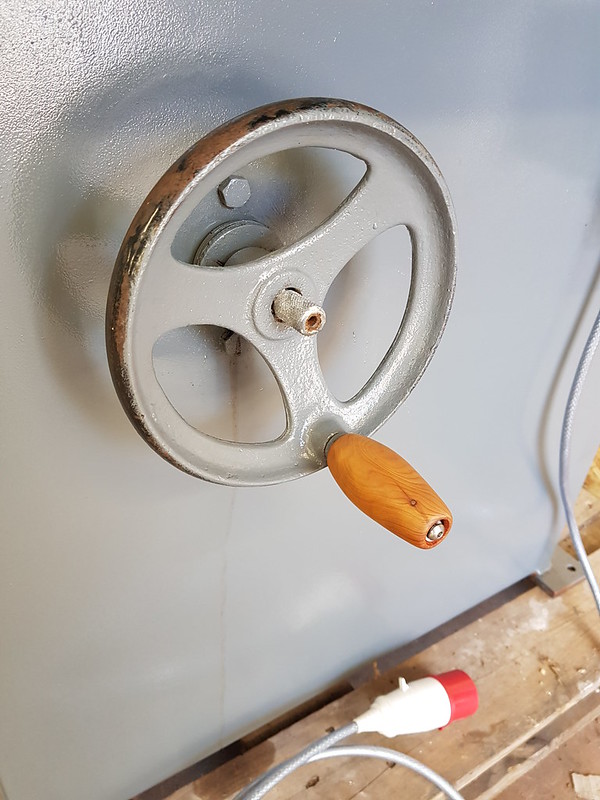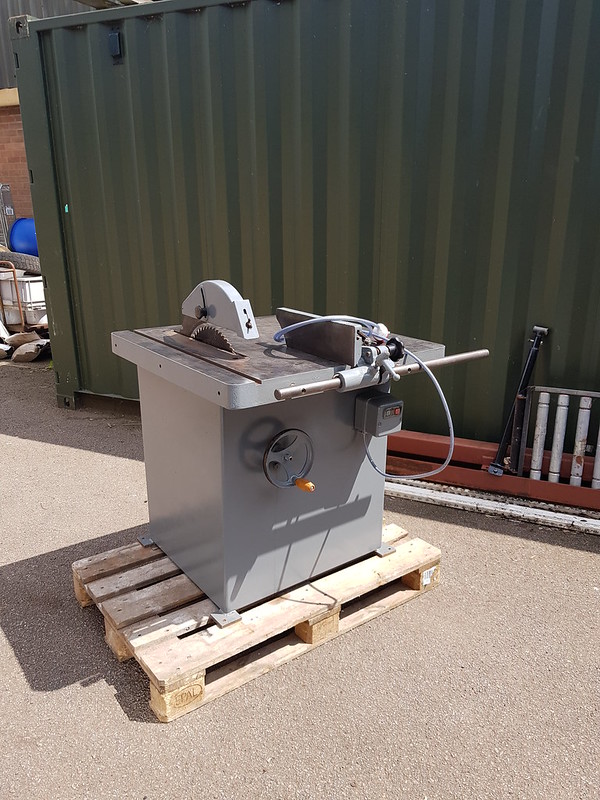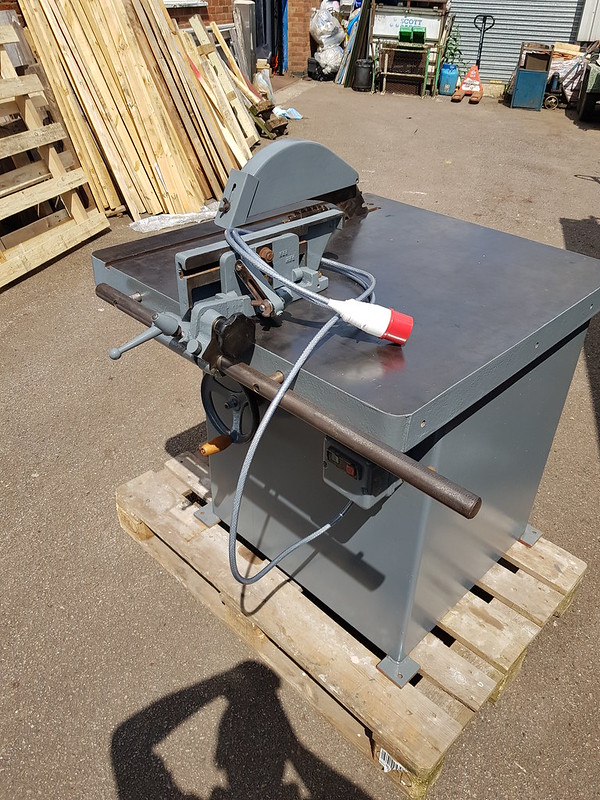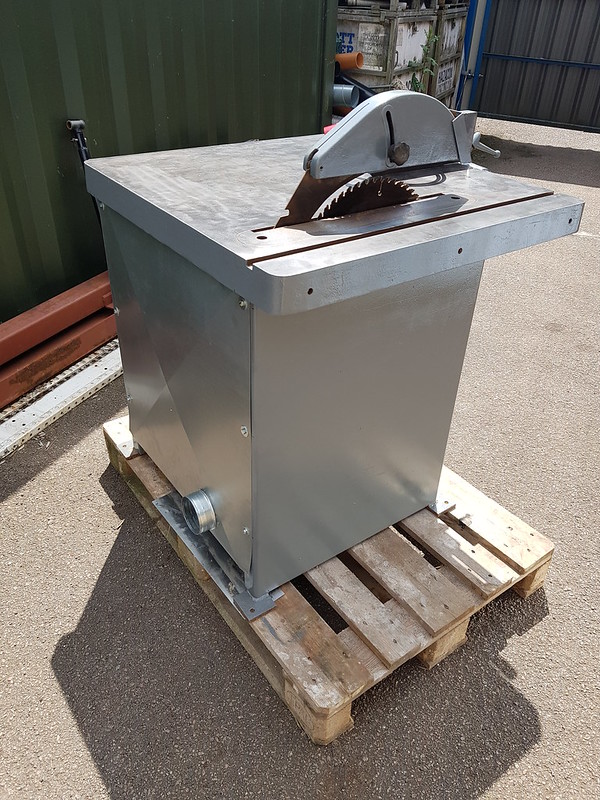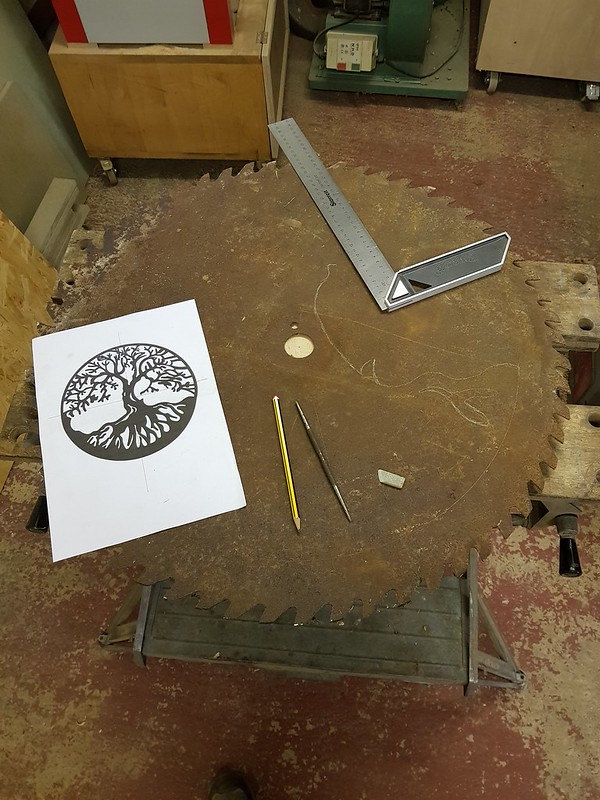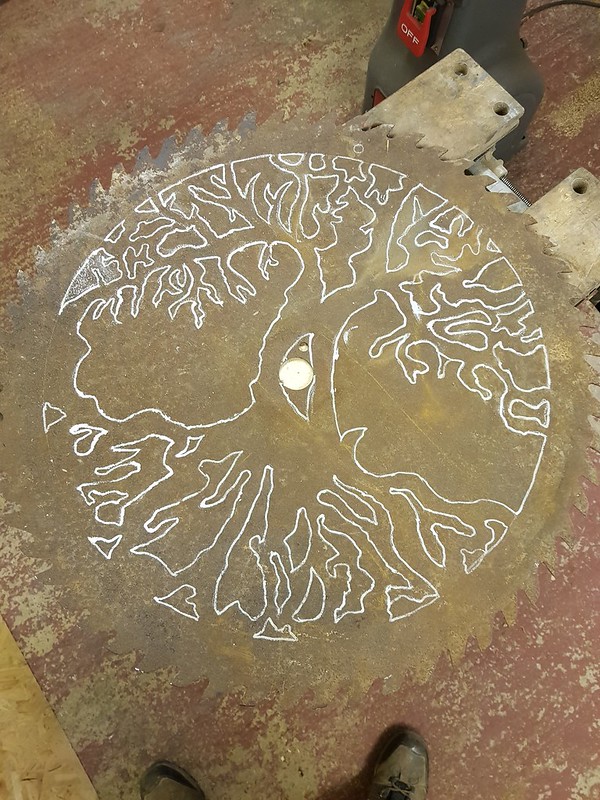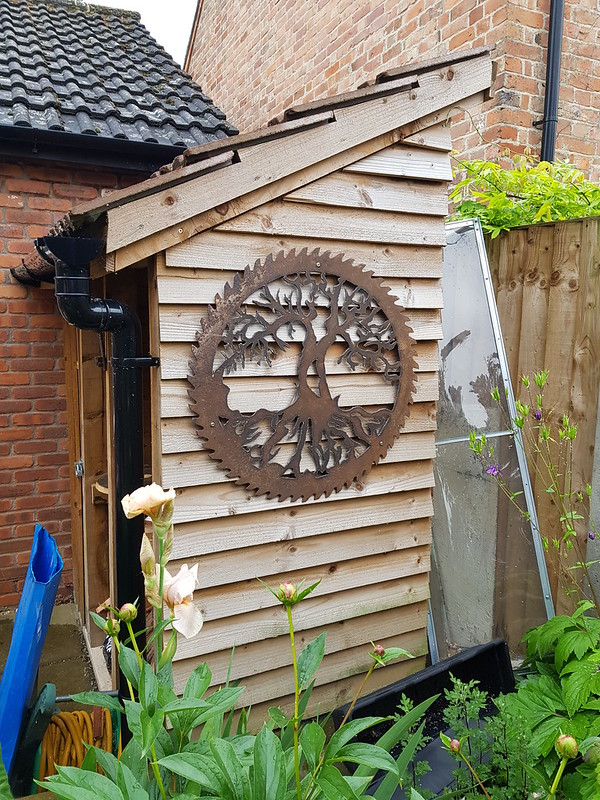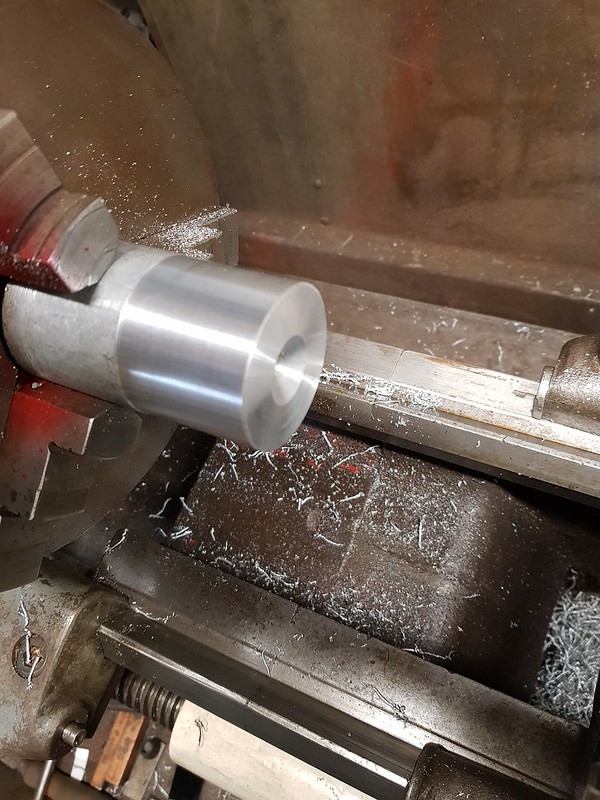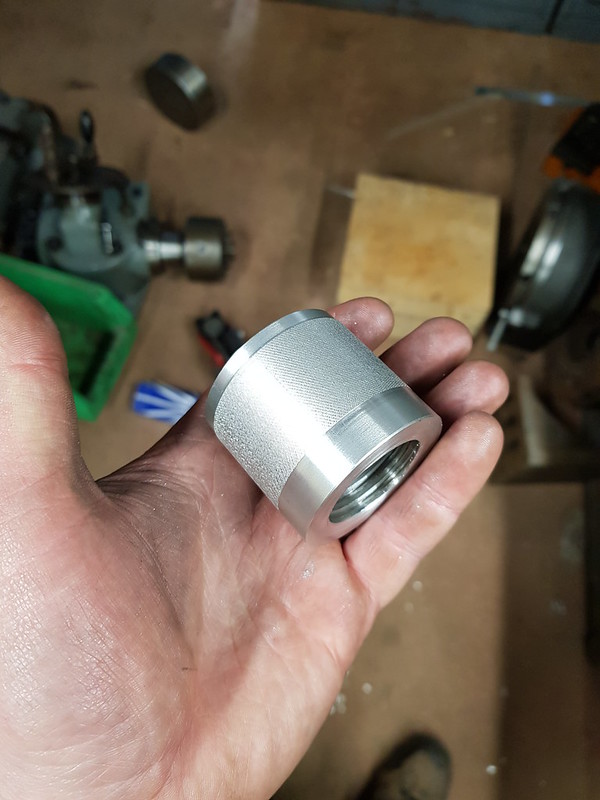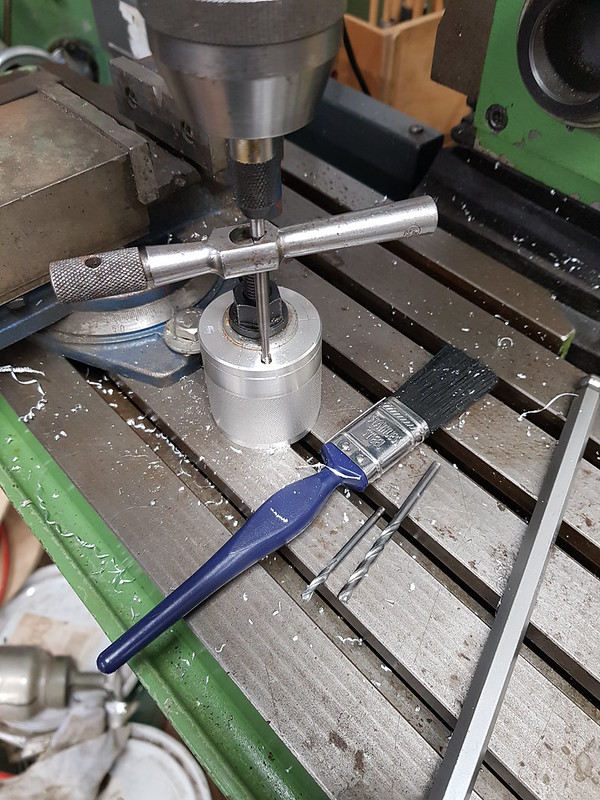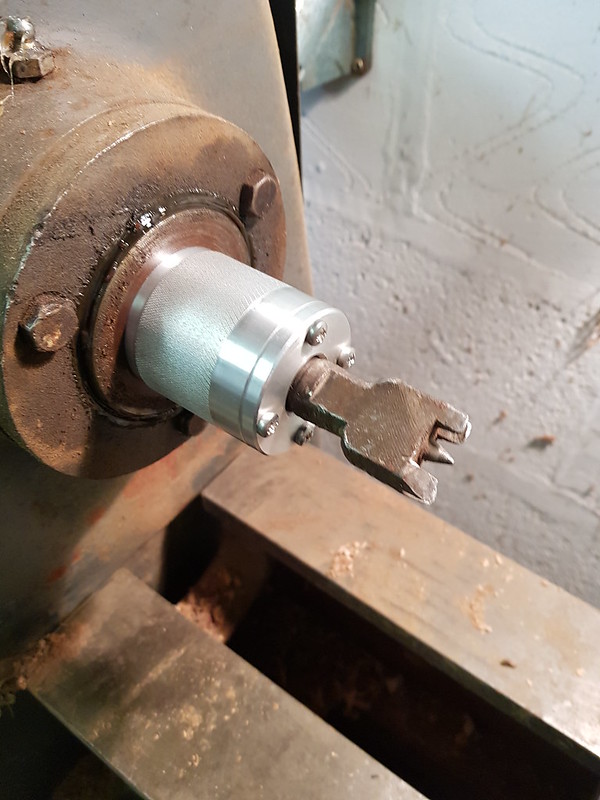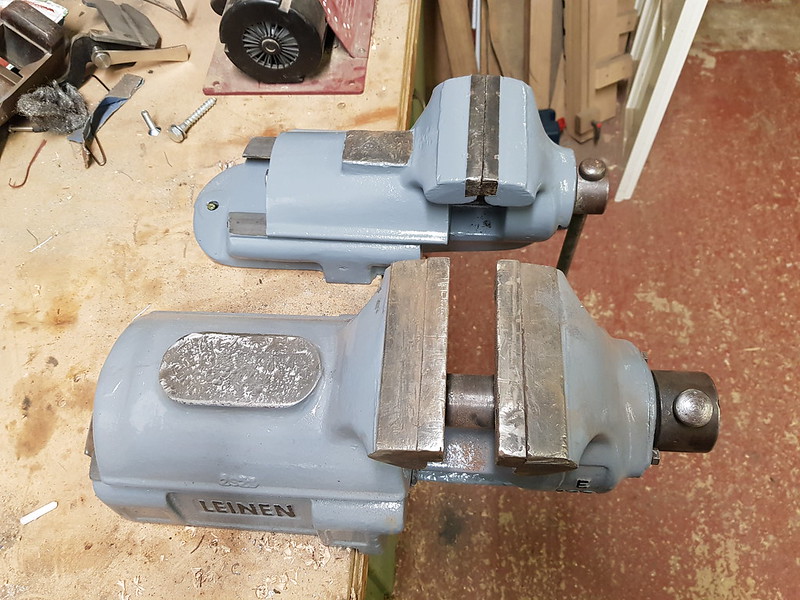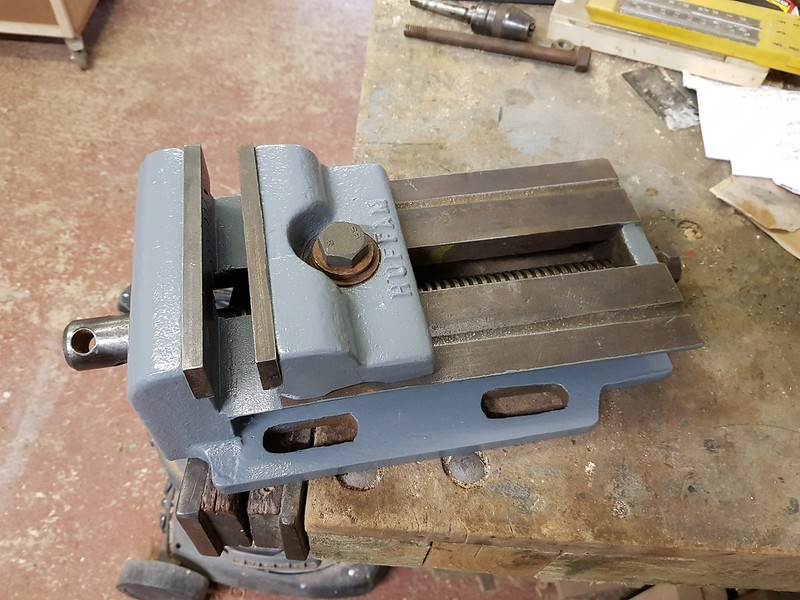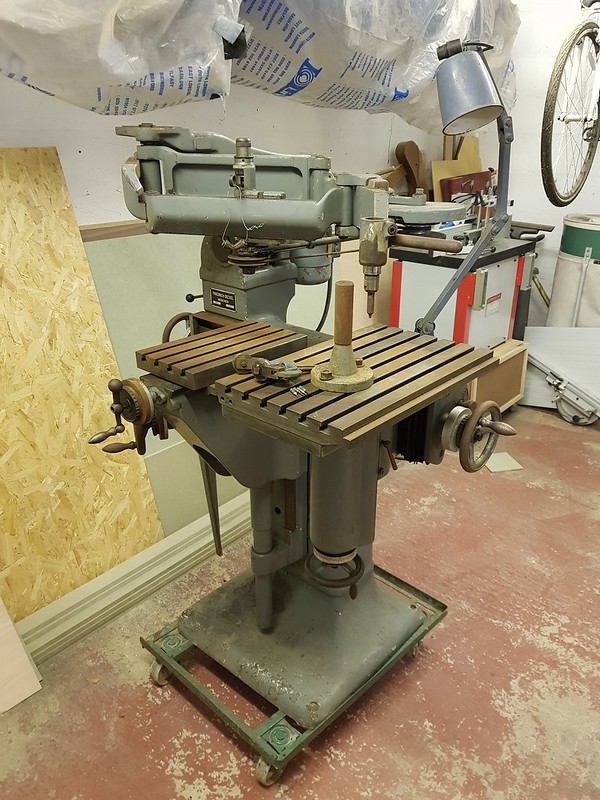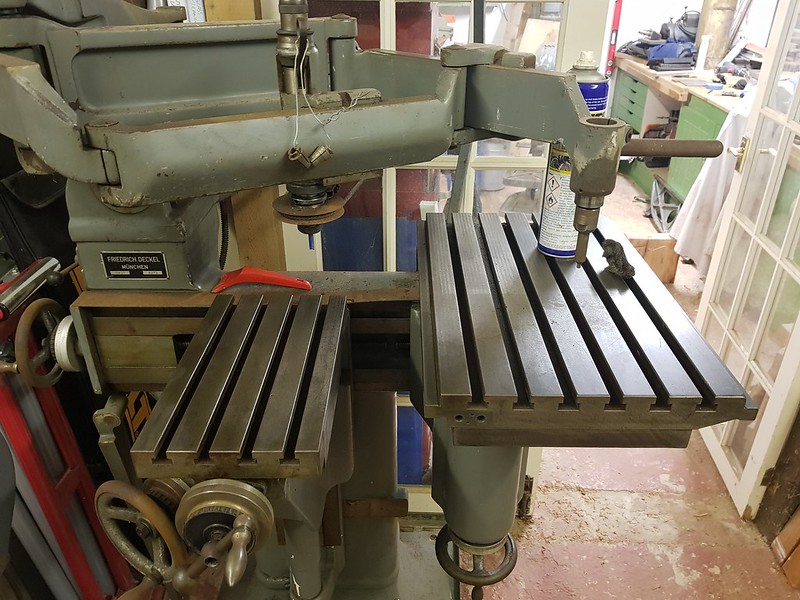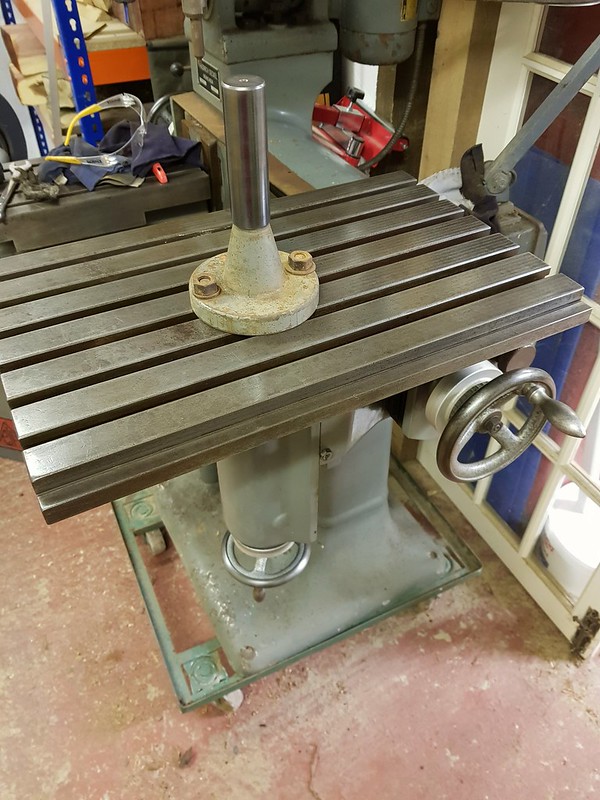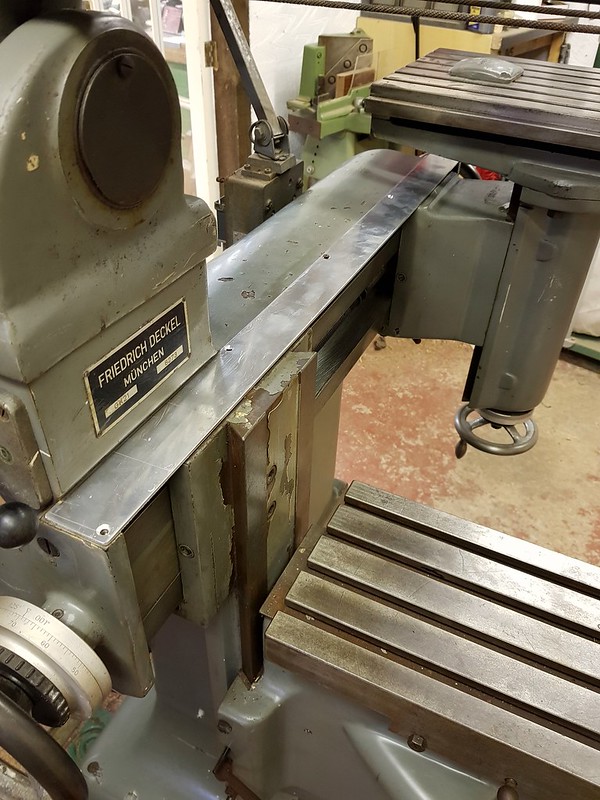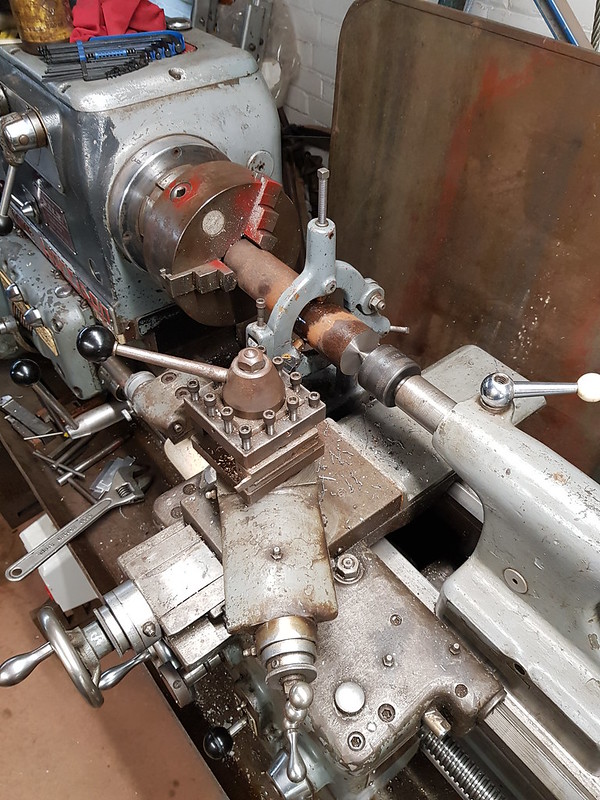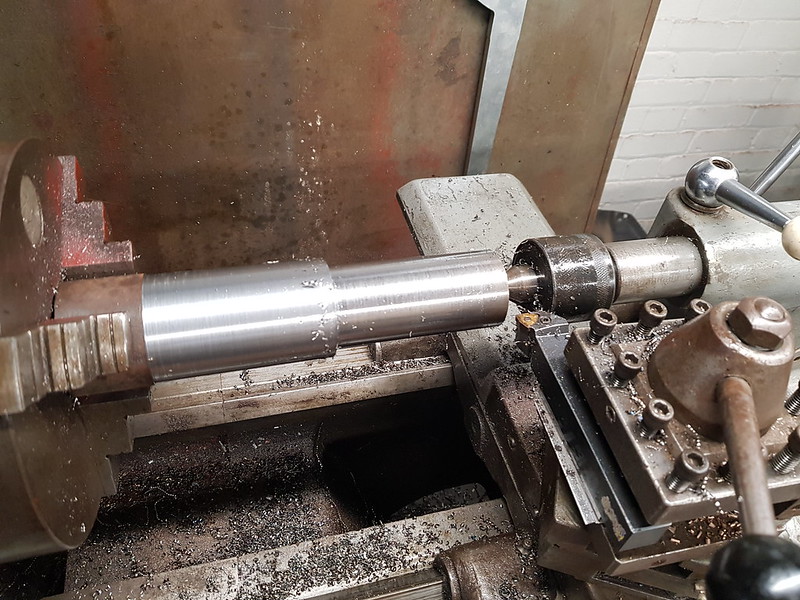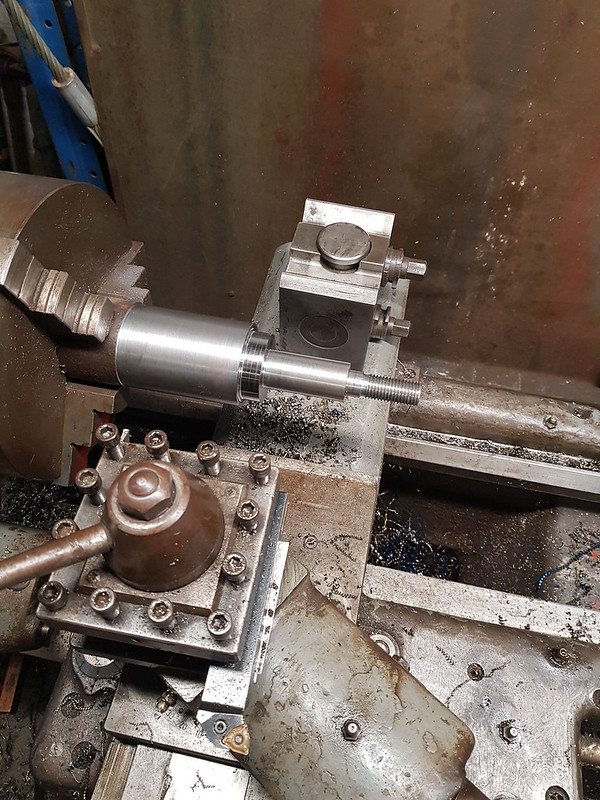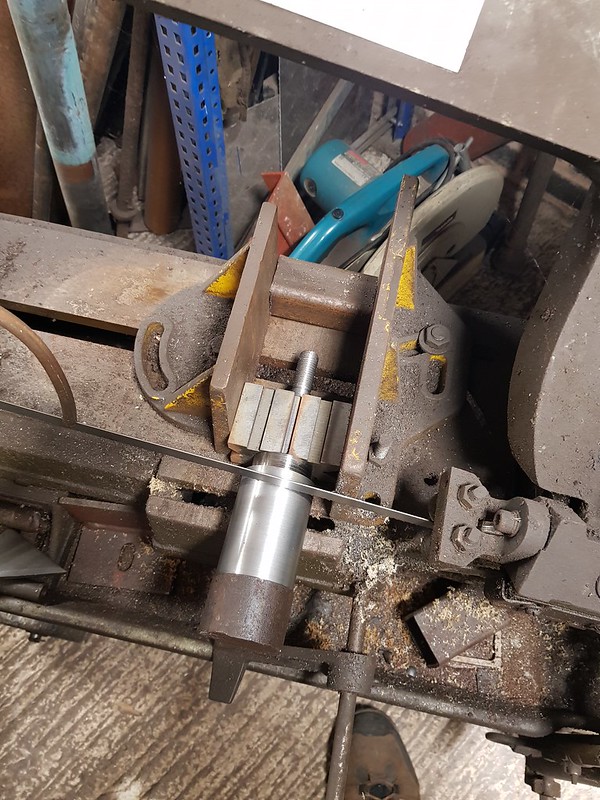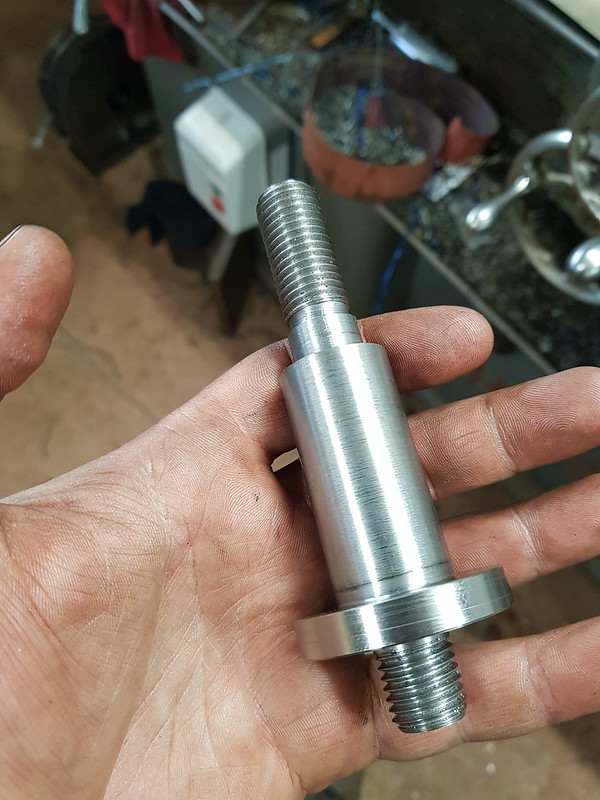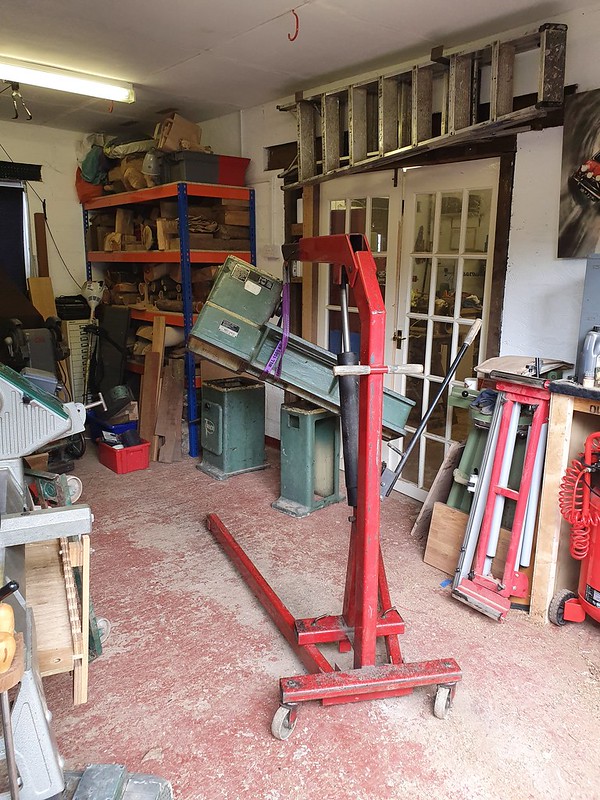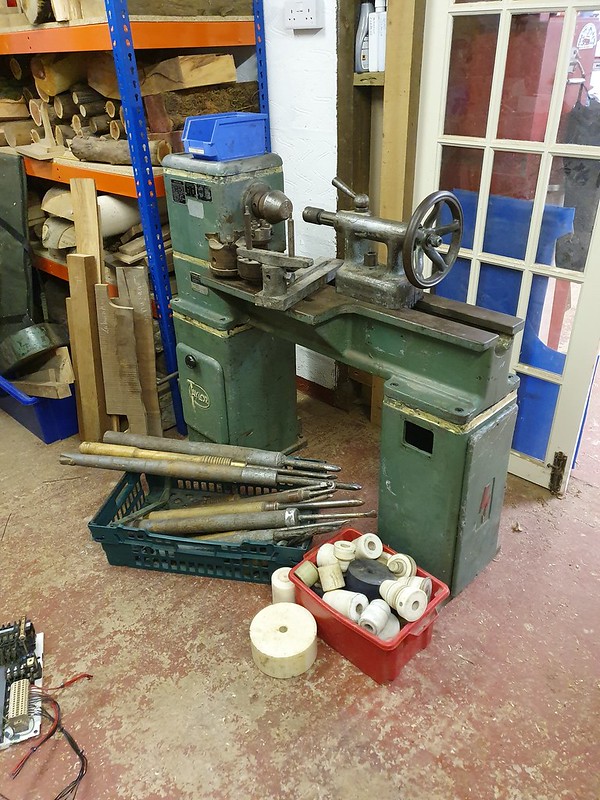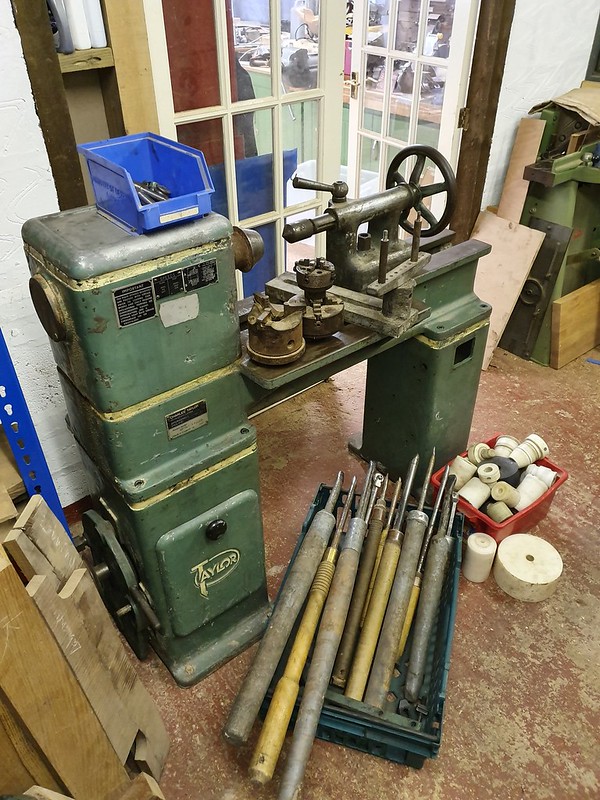xy mosian":k90b06ul said:
TFrench,
You are clearly enjoying every minute. The pleasure in repairing machines the likes of these I can sense from here. To have all required tooling available as well, fantastic.
I was thinking of your thread protector as I read another thread about a stuck drive centre. If the screws holding the top cap were countersunk, then the protector could be used as a 'jack' to force out stuck centres.
This is a great thread to read and keep up with. Thank you.
xy
Thanks, I'm happier than a pig in sh*t when I'm in the workshop making stuff! All the hours of watching youtube machinists are paying off :lol: My thread protector works exactly as you describe - I have to jack all my centres out as I have a solid spindle. I didn't have countersunk screws when I did it - I'm considering fitting some though, just so theres no protrusions to catch a finger on.
This weekend I got the pantograph running at last. Invertek inverters are fantastic - I wouldn't recommend anything else to be honest. Even comes in IP66 so you dont have to dustproof it. There was some minor "confusion" with the wiring of the potentiometer but anyone can make mistakes, right?

Once I figured out which macro it needed to be running it worked straight away (check me out, talking clever stuff!) (hammer)
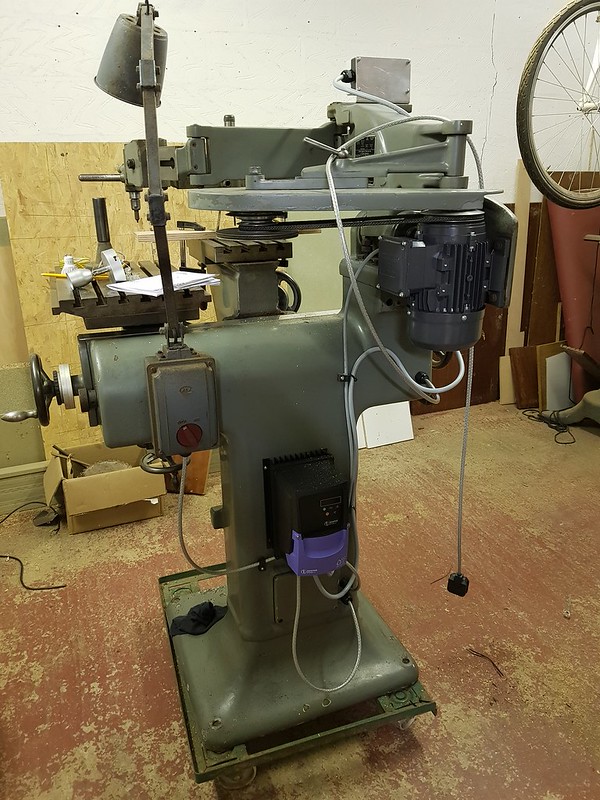 Pantograph inverter
Pantograph inverter
New motor and inverter fitted, all wired up and you can see on the top of it the aluminium bracket for the control panel. Lifted it off the skate and dropped it in position - it's right on the edge of what the engine crane can lift, which is a little nerve wracking...
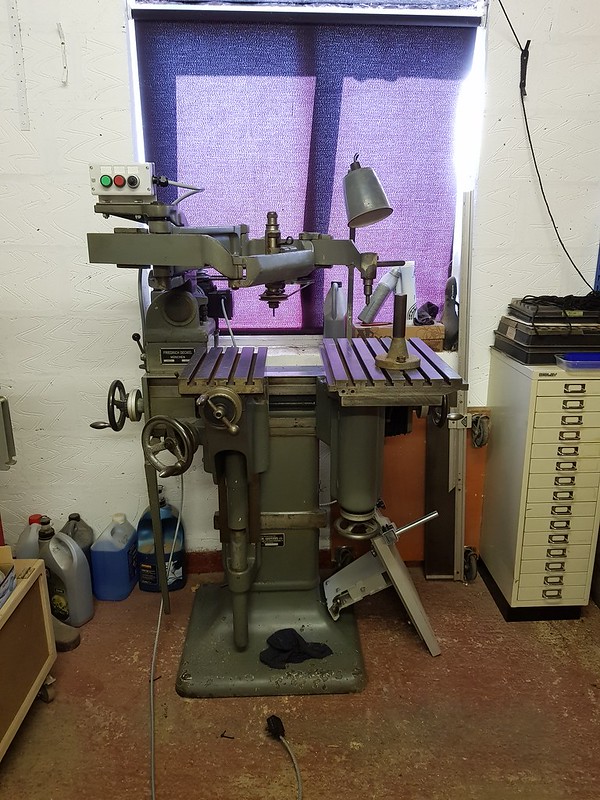 In place
In place
And with that the only thing to do was test it:
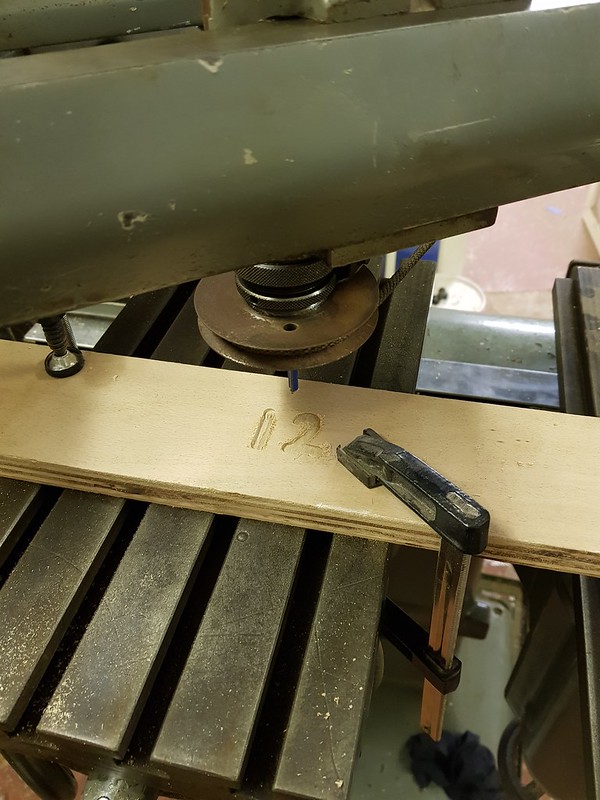 first use
first use
(the first squiggle looked like a 2 so I rolled with it)
Still quite a bit to do - get/make clamps for the tables, make a smaller tracer pin, make letter carriers....
And finally, in what is possibly my greatest ever bit of skip diving (and its an illustrious career) I found this beauty:
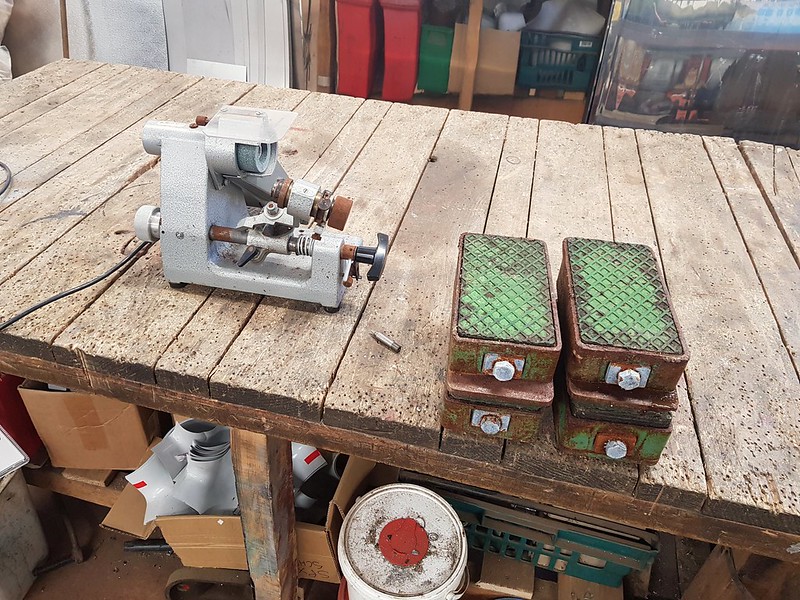 D-bit grinder
D-bit grinder
(and the machine levelling pads) It's a D-bit grinder, specifically for making engraving cutters. I've powered it up and the run capacitor seems to be shot but other than that I think its just surface rust. What are the chances?





